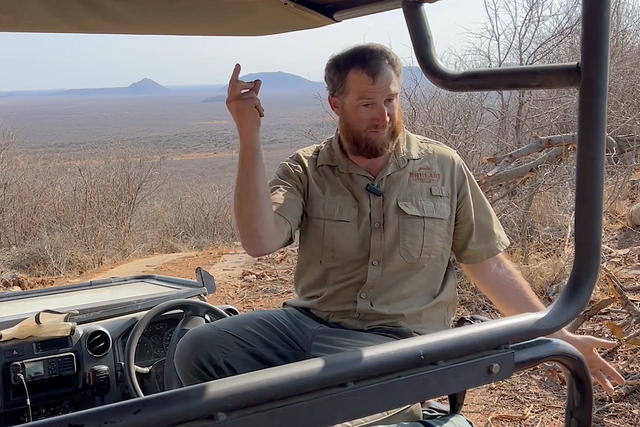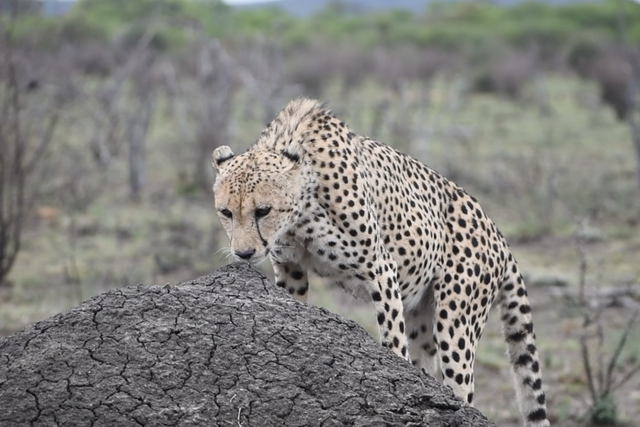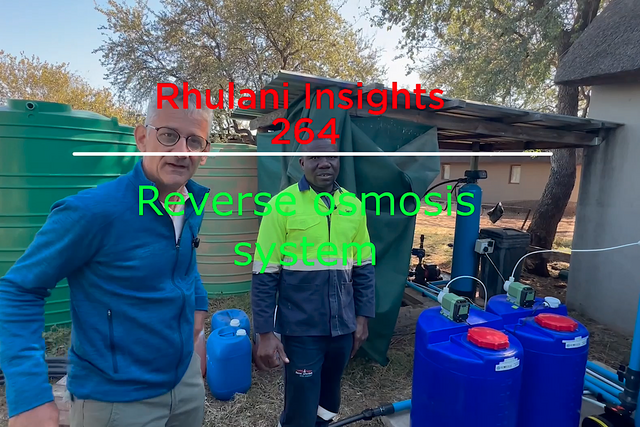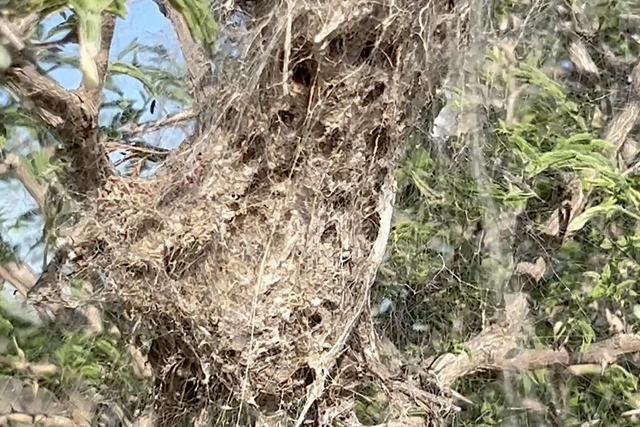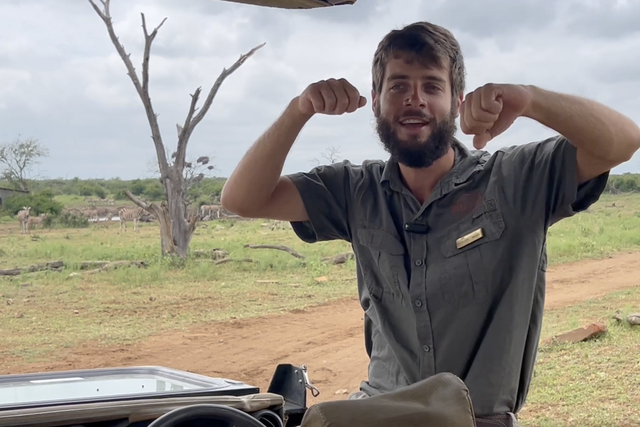Cheetah project: It was, is and will always be a challenge
After the loss of one of the two female cheetahs we were in a sad way reminded of how difficult this project is, was and will be at all stages. A reflection on the challenges around these beautiful, but seriously endangered big cats.
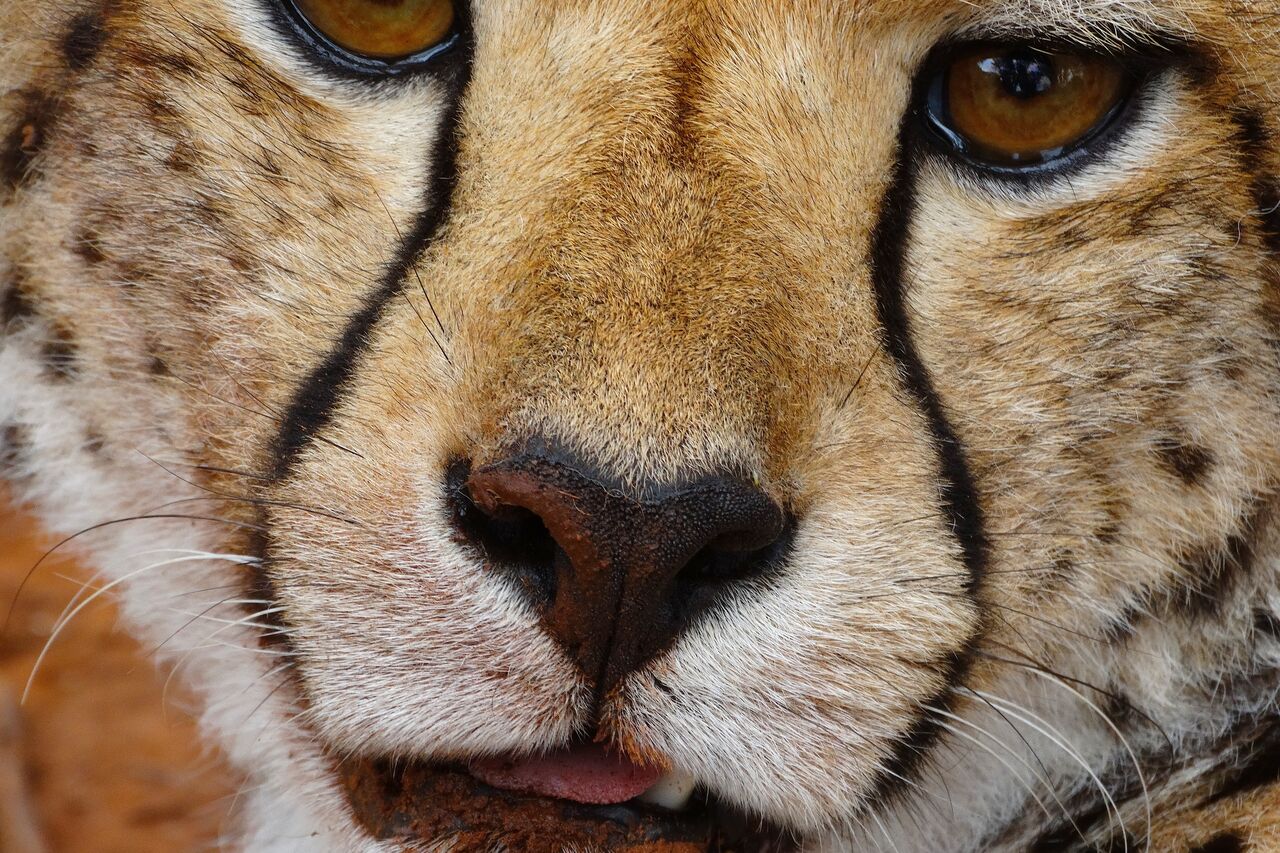
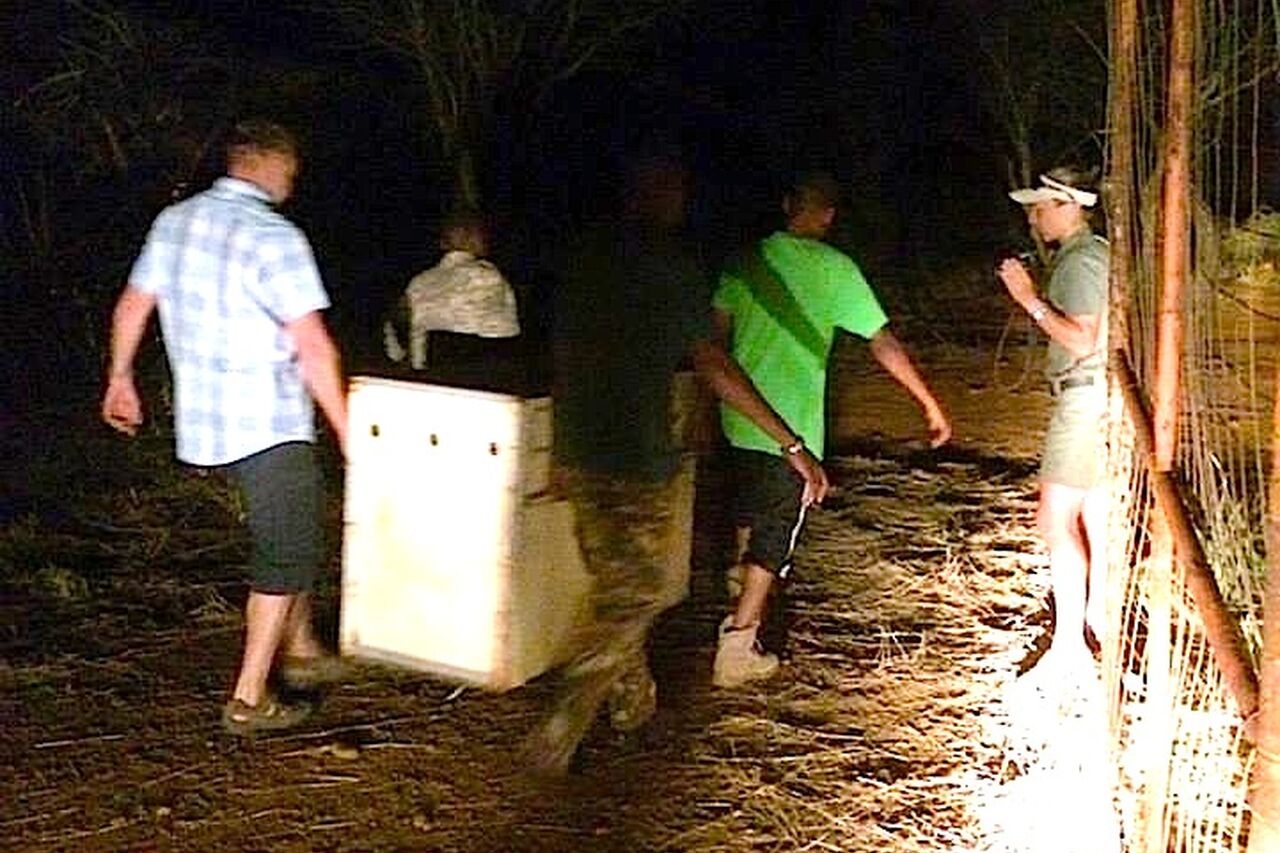
The medical results, after the tragic death of a young cheetah female, are still outstanding. Whatever the result will be: the project, which Madikwe drives forward with an incredible amount of dedication and professionalism, remains a big challenge. "But we will not move away from our plan and do everything we can to build our own cheetah population," says Carlien Esterhuizen, in a leading role of the project since the beginning, firmly. It was she who found the dead animal a day after collaring in the boma. “At Rhulani we will continue to assist in all steps, either with active participation or with financial support," says Rhulani's owner Rolf Steiner.
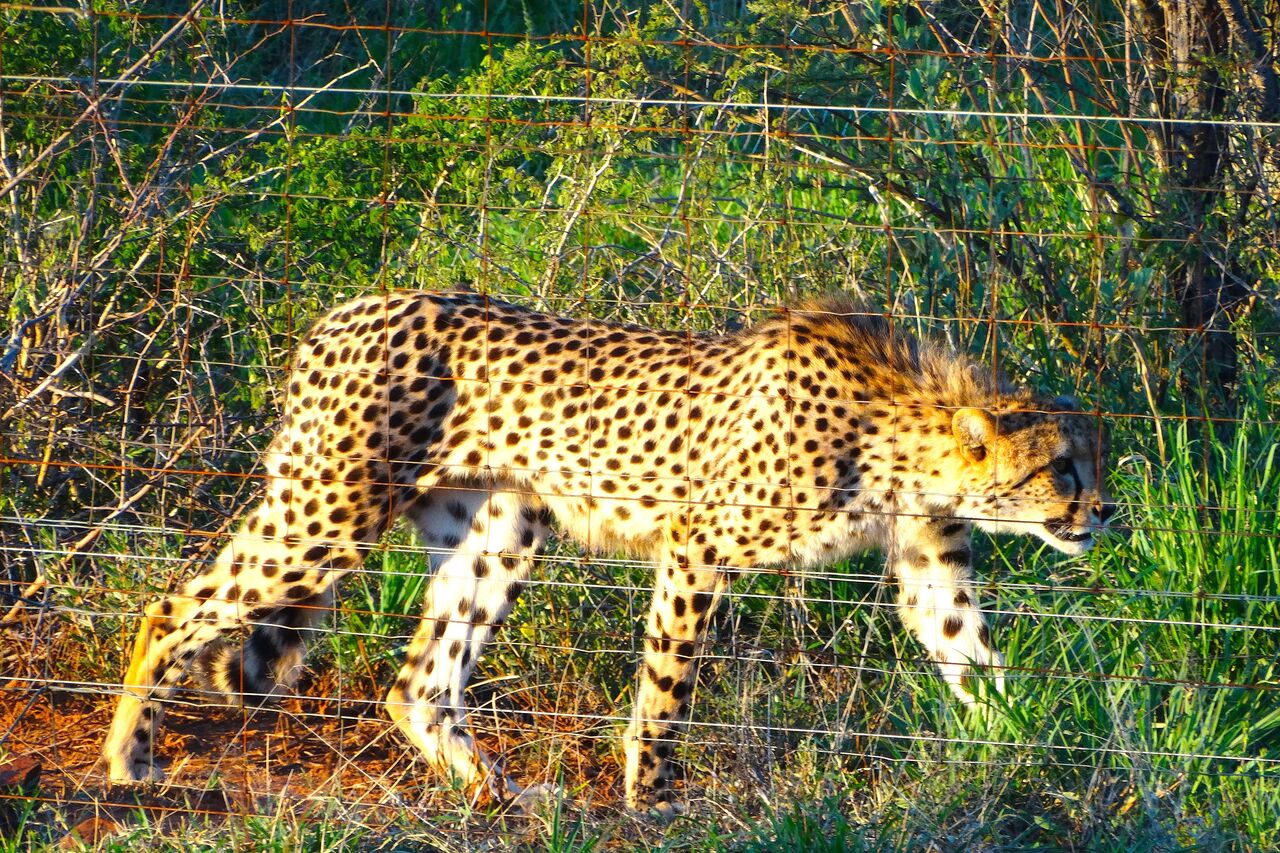
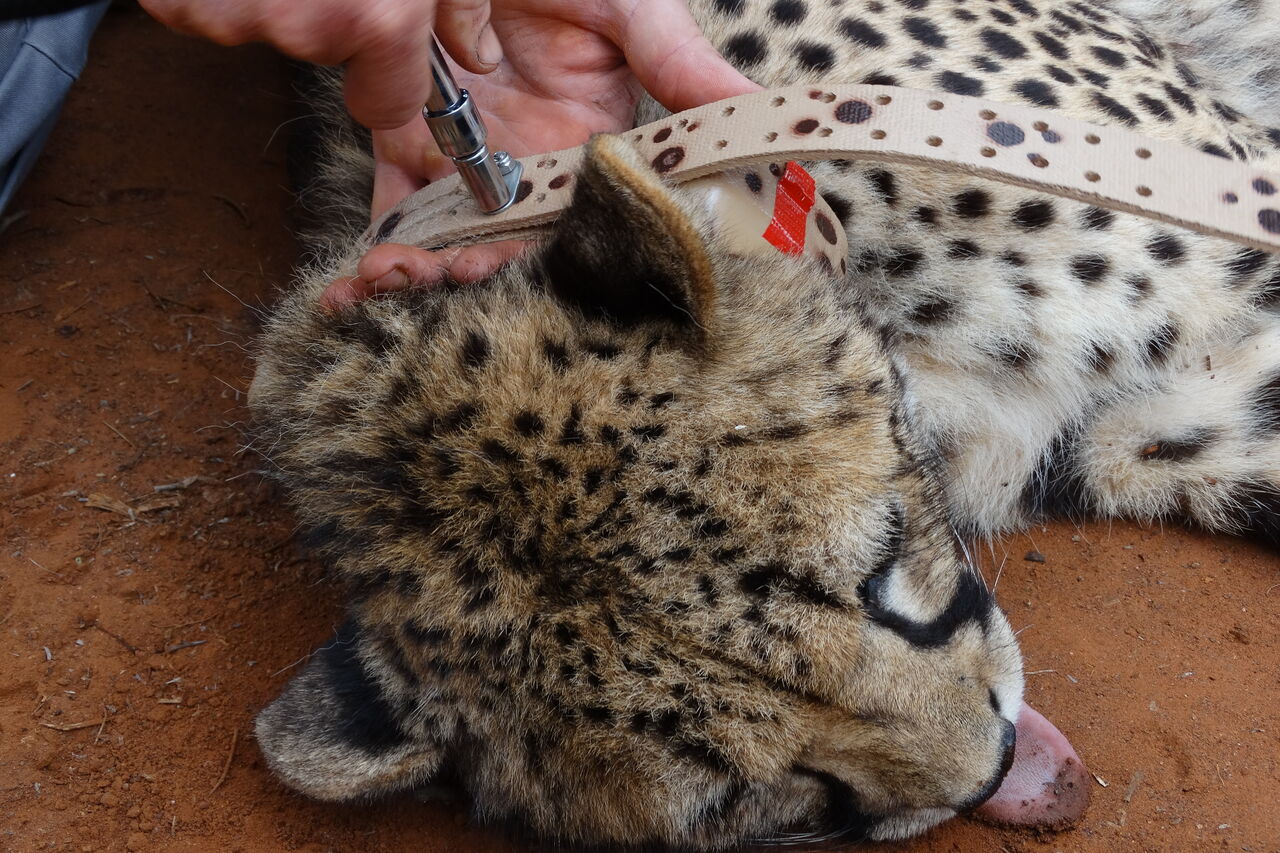
At the beginning it was very difficult to find cheetah females, available to buy. "They are more difficult to get than duck teeth", was a comment of the park management, which sounded funny at the time, but from which one noticed a certain frustration. A first attempt failed when a cheetah female was found in the open wilderness. It was too difficult to calm the animal and to get it used to the new environment, so that it had to be passed on to another place.
Then, finally, the breakthrough. Constructive negotiations leading to the purchase of two young cheetah sisters. A costly, but above all, an exciting moment. The conditions were optimal. The mother of the two youngsters lives in another Big 5 reserve, and thus, there is hope that the survival chances of the cubs will be good when released into Madikwe, where lions and other predators are a constant danger.
The only thing missing was for me to put my bed in the boma and sleep thereCarlien Esterhuizen, Field Ecologist
The next step was very risky: the transportation of animals on the road, from the Lalibela Reserve in the south-east to the Madikwe Reserve in the north. It was a travel across the whole of South Africa in a box. In the light of the sensitivity of animals and the great stress, it was almost a miracle when they jumped out of the cage in their new home. The remarkable journey was kept secret, and the animals arrived at the temporary boma in the middle of the night, so all precautions to minimize any additional stress factors to the animals were in place.
Long days and weeks followed to adapt the cheetah sisters to the new environment, the presence of humans and vehicles. The animals were very skittish, which is not unusual, but required a lot of Carlien’s time devoted to the newcomers. “The only thing missing was for me to put my bed in the boma and sleep there”, says Carlien. For her, the loss of one of the cheetahs was a shock. "But we will carry on. The remaining animal will be released end of March as planned and we will then analyse whether we still watch out for another second female."
So, the commitment to the project continues, but also the challenge with the fastest mammal on earth, which is racing to extinction. In 1900, there were over 100,000 cheetahs in Africa, but today, an estimated 9,000 to 12,000 cheetahs remain. This is largely due to the loss of habitat across the African savannah. Now there is greater competition for food from stronger predators. In addition, cheetahs spend much of their energy slowly stalking the savannah, but their slim line builds and low body mass has left them less able to store energy when it is not sprinting.
Stay connected and read more updates about this important project soon.
#rhulanicheetah
